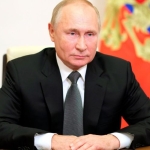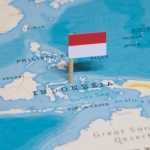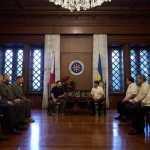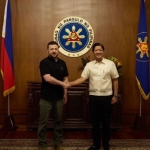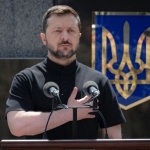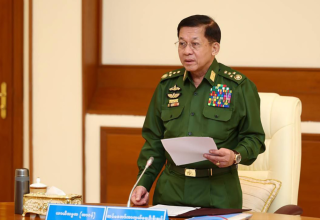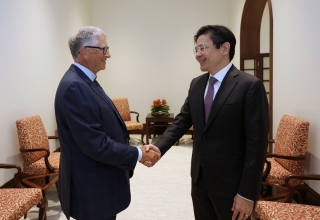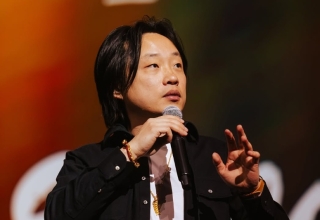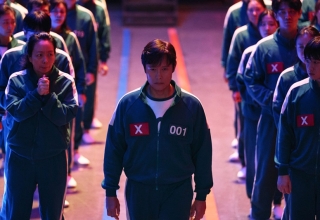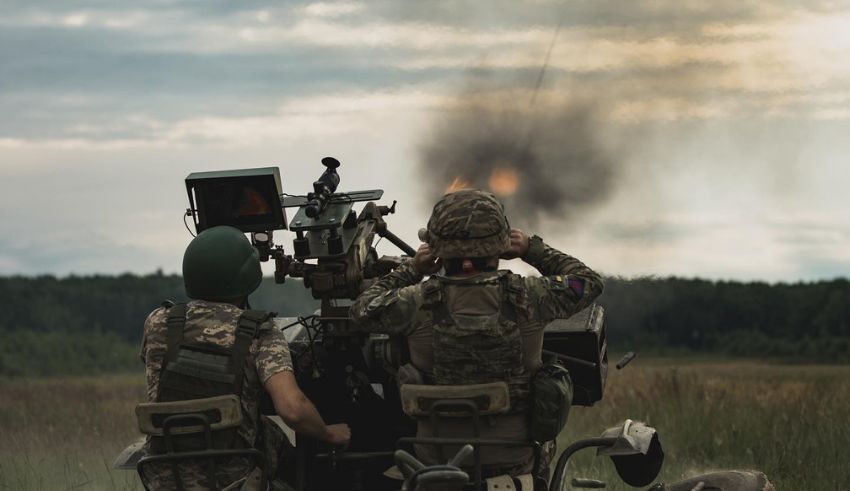
Rising tensions in Ukraine have made the globe extremely sensitive since geopolitical fault lines might burst into a global war. This editorial looks at the complicated dynamics under this dangerous situation and looks at how one Ukrainian attack can spark World War III.
Territorial disputes, cultural differences, and power battles between Russia and Ukraine emphasise centuries of complex history that assist us to grasp the causes of the present issue. From the Crimean War to the fall of the Soviet Union, the area has been a hot arena for competing national identities and geopolitical interests crossing one other.
Conquest of Crimea
Russia’s 2014 invasion of Crimea was one such incident that substantially increased tensions. Widespread international disapproval of this unilateral action produced diplomatic isolation of Russia and financial fines. Still a controversial subject, Crimea is viewed by Russia as its region under sovereignty while most of the world rejects to recognise the annexation.
Russia’s latest military development close to Ukraine has brought the issue to before unheard-of levels of concern. Mass troop deployments, notable weapon mobilisation, and aggressive military actions have created almost conflict. NATO and Western allies monitor closely these events in view of a possible Russian access into Ukrainian territory or further fighting in the Donbas area.
World Alliances and proxy conflicts
From a local struggle, the situation in Ukraine has turned into a front-stage venue for more general geopolitical objectives involving major world powers. While Western nations—including the United States and partners of NATO—support Ukraine’s sovereignty and territorial integrity, Russia sees Ukraine as essential to its region of influence. Because of this geopolitical rivalry, Ukraine has become a major hotspot; so, any military escalation might draw significant allies on both sides.
Prospective Events and World Reaction
In the case of a Ukrainian strike or a significant provocation igniting direct conflict with Russia, there are various likely results. Russia might respond with overwhelming force, claiming its military doctrine to safeguard Russian-speaking populations or strategic interests, therefore rapidly intensifying a military clash. Limited by Article 5’s collective defence responsibilities, NATO may have to respond and result in a direct military confrontation between nuclear-armed countries.
Keep Reading
Cyberwarfare, misinformation, and hybrid approaches
Beyond traditional military operations, contemporary conflicts consist in cyberwarfare, disinformation tactics, and hybrid techniques aimed to undermine governments and damage societies. Russia has demonstrated that it is able to launch cyberattacks and spread misleading information aimed to influence public opinion and generate conflict in Ukraine and elsewhere. Such non-traditional methods could increase problems and hinder diplomatic strategies of crisis de-escalation.
Eventually, negotiating a narrow road
Ukraine treads on the brink of a possible catastrophic conflict, so the world finds itself in a turning point. The situation is still very unstable even while diplomatic efforts and international cooperation are absolutely vital to halt escalation. Careful navigating of the complicated web of historical grudges, geopolitical rivalries, and military posturing helps one to avoid the catastrophic effects of a miscalculation or inadvertent escalation. The world community has to be vigilant and committed to find peaceful solutions if it is to ensure stability and security both inside and outside.
